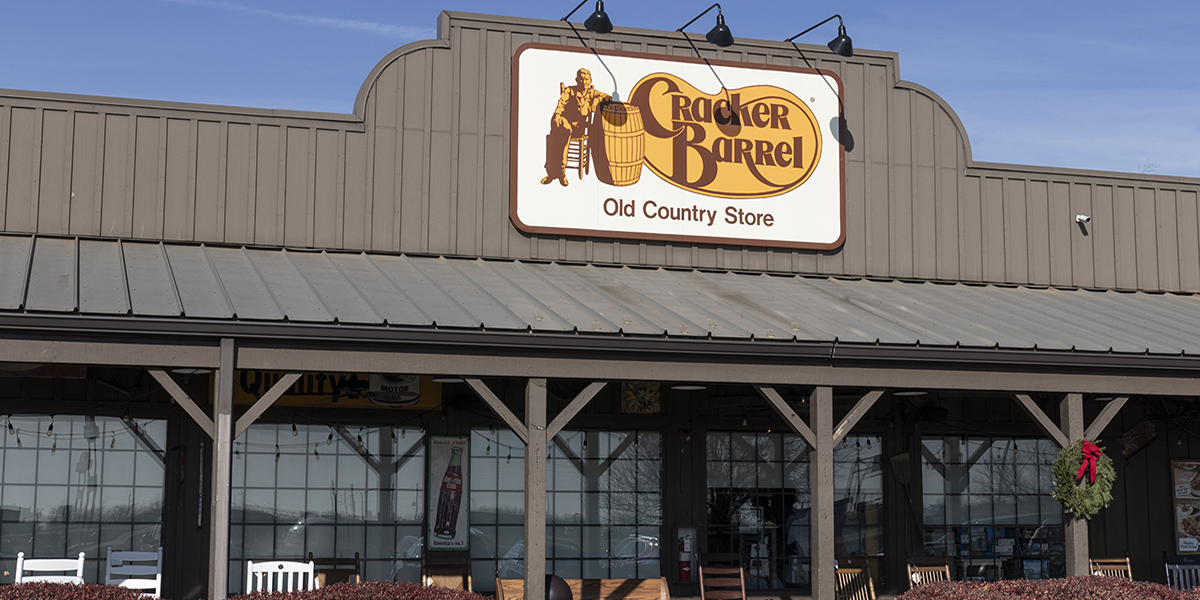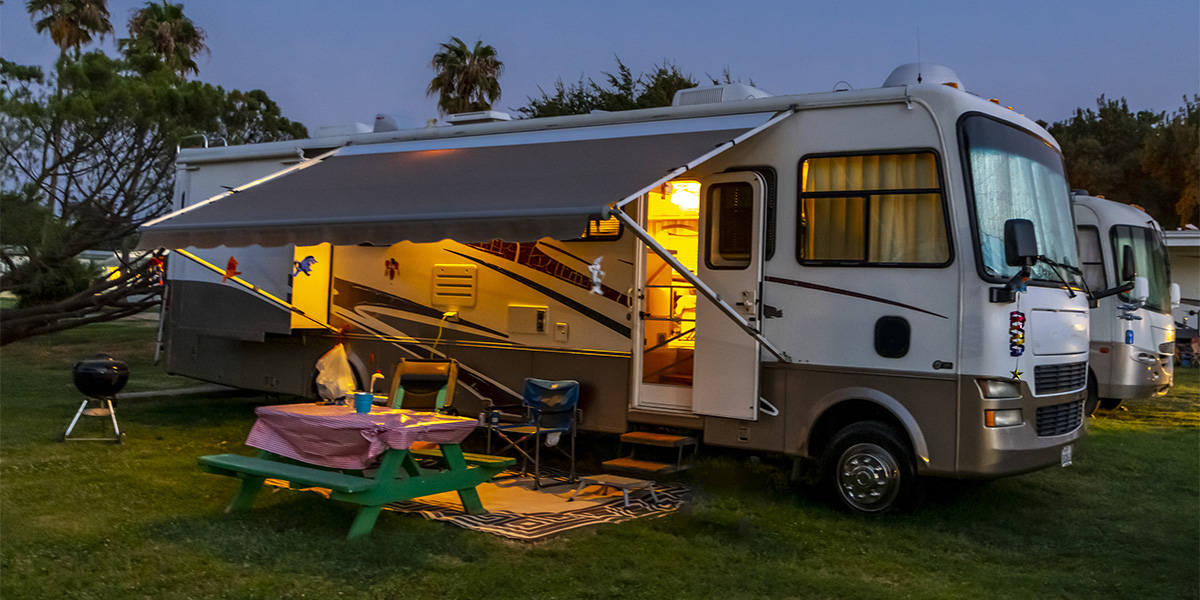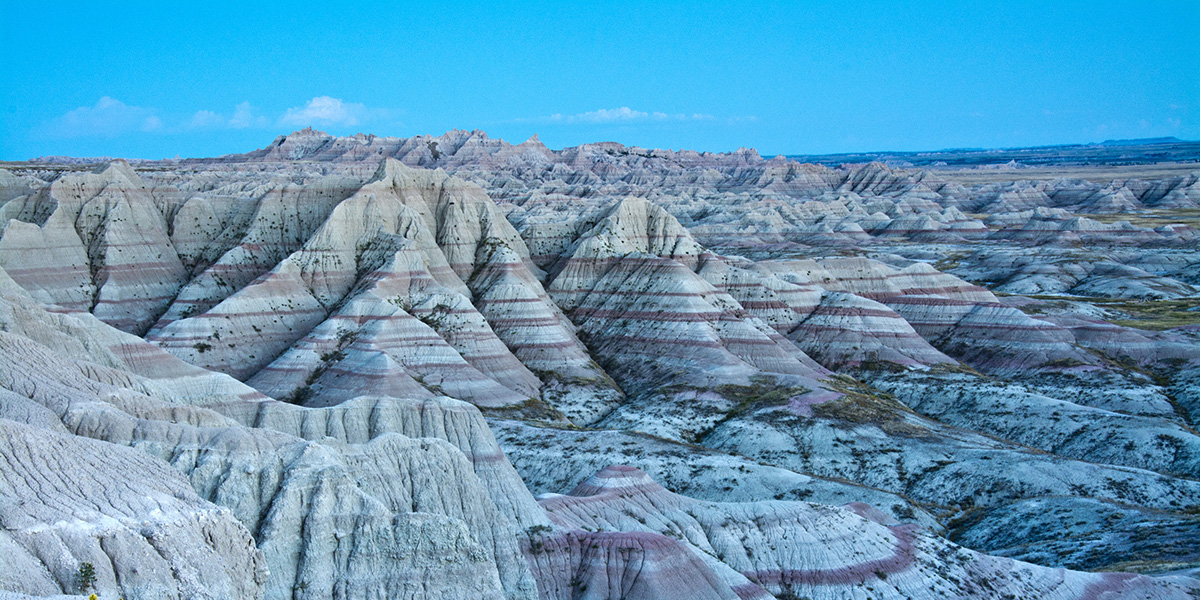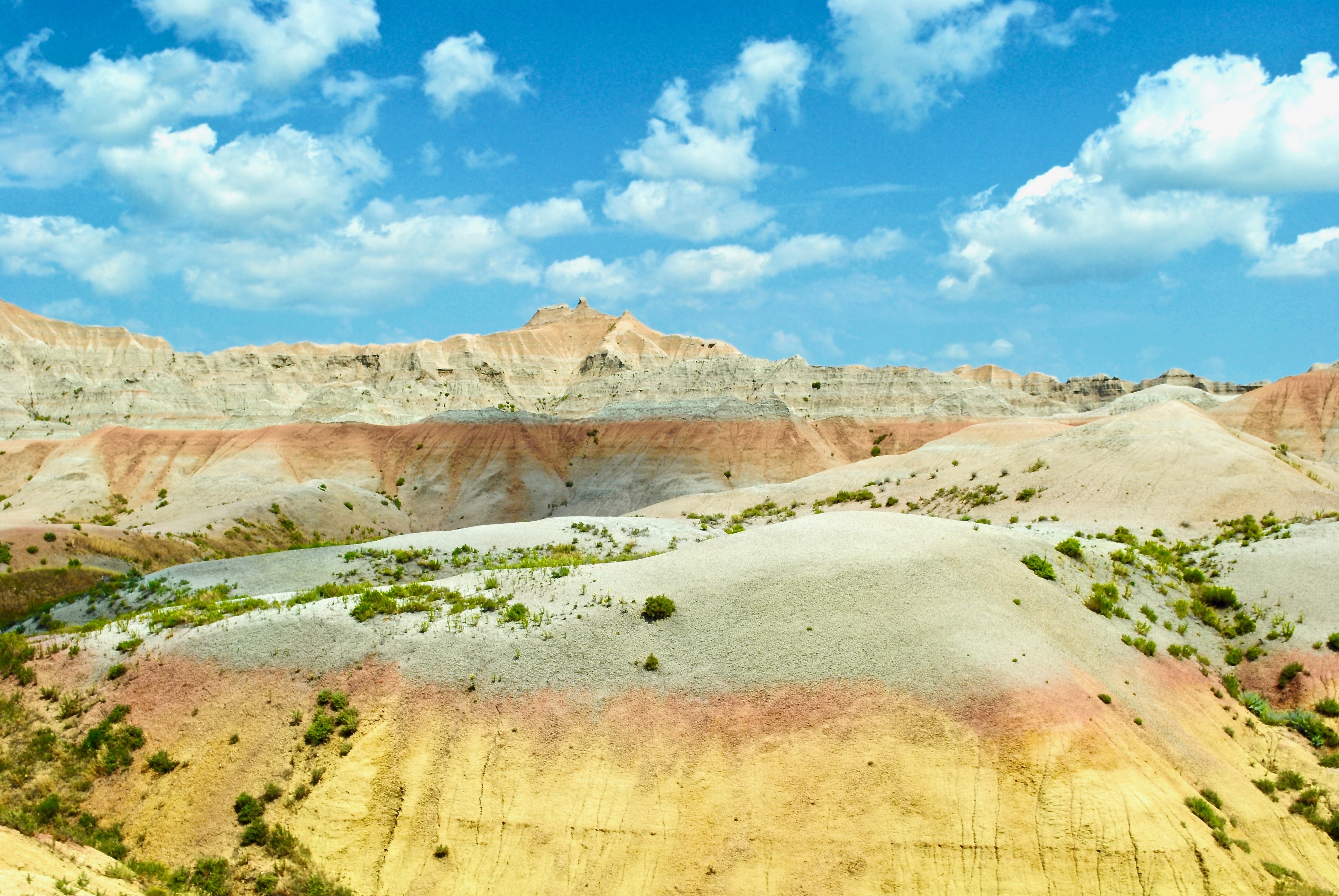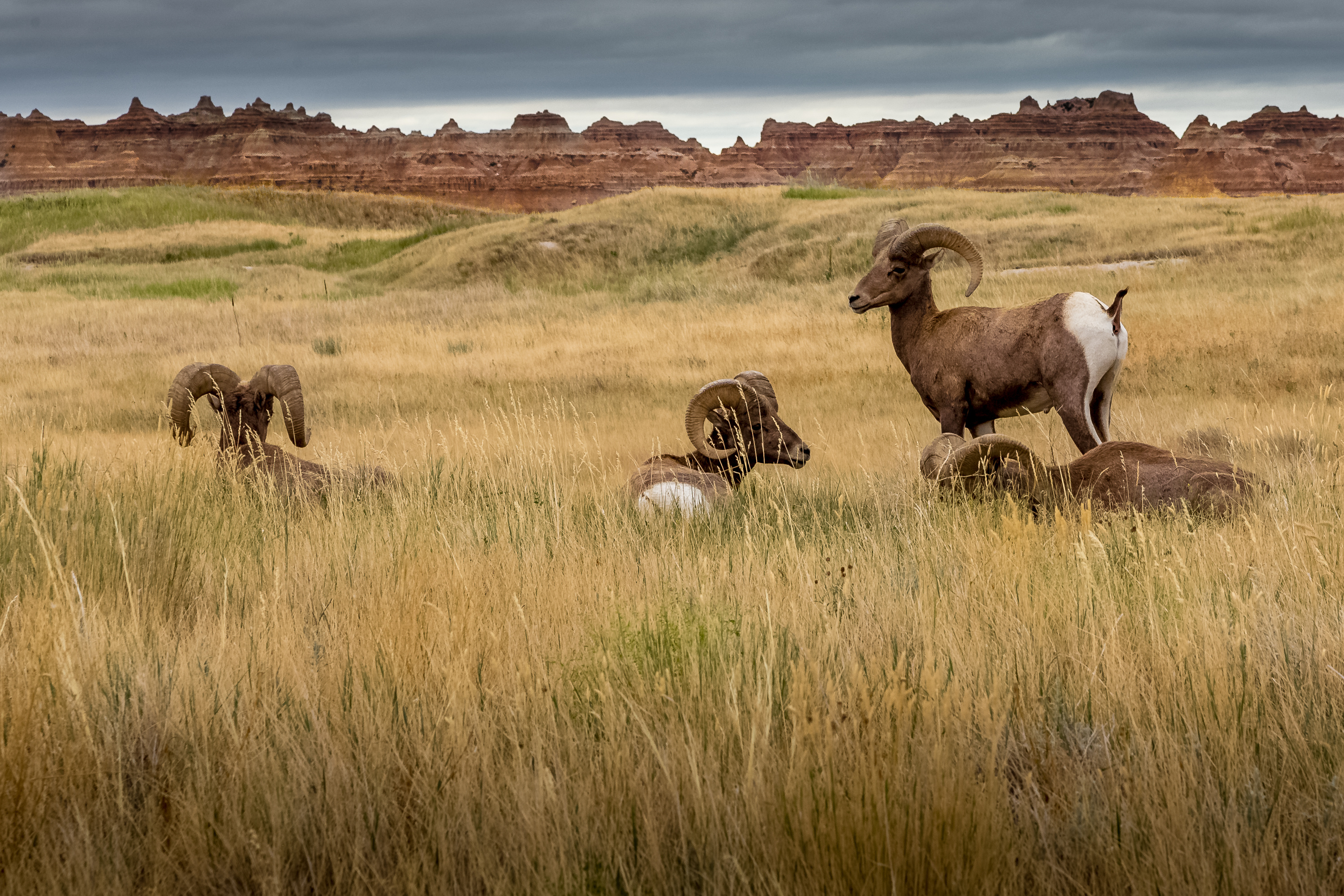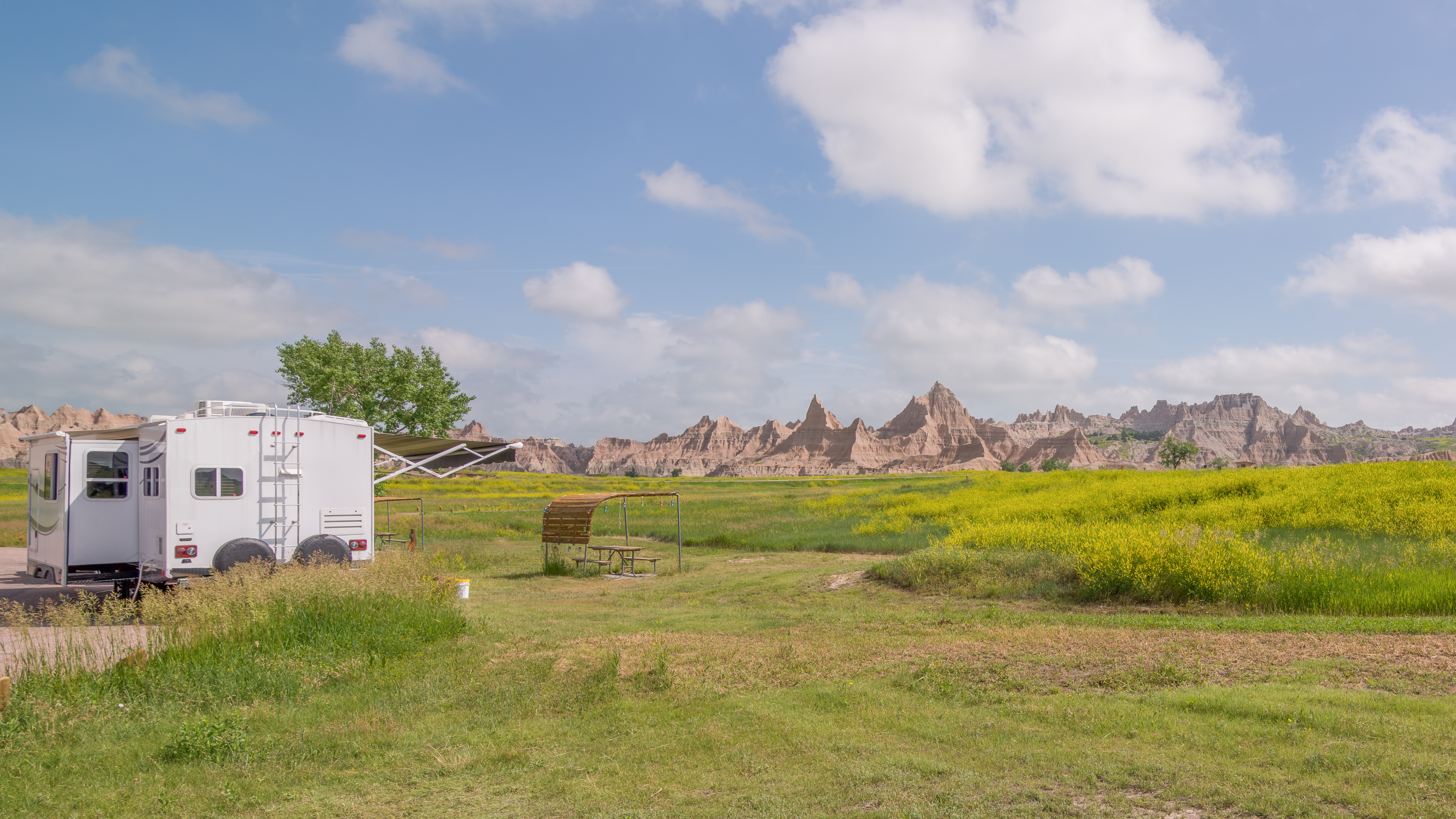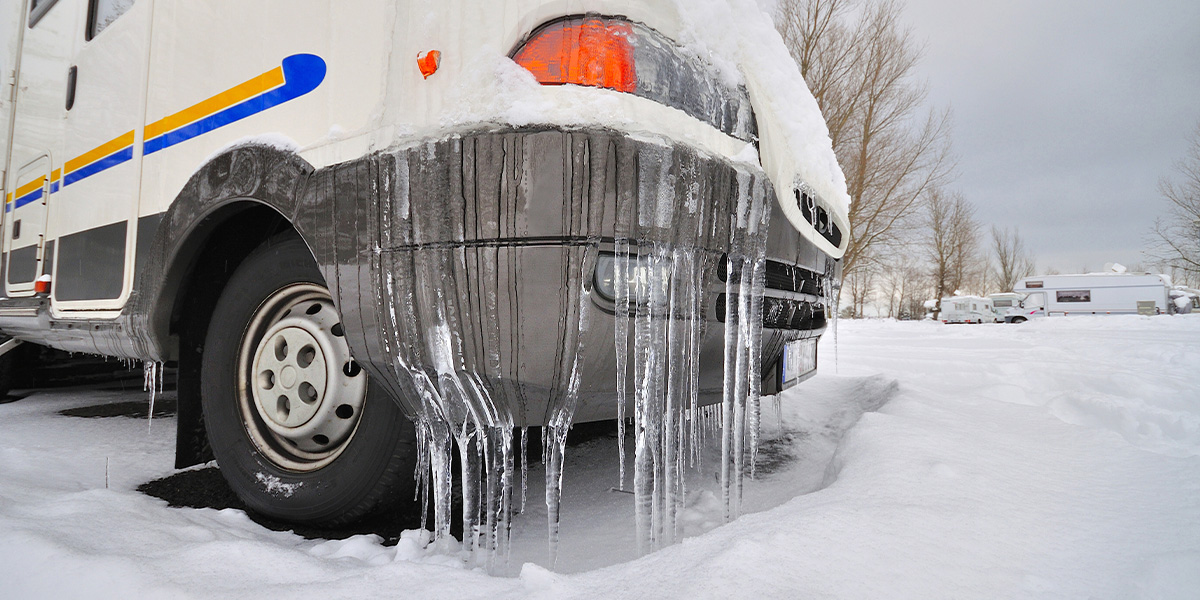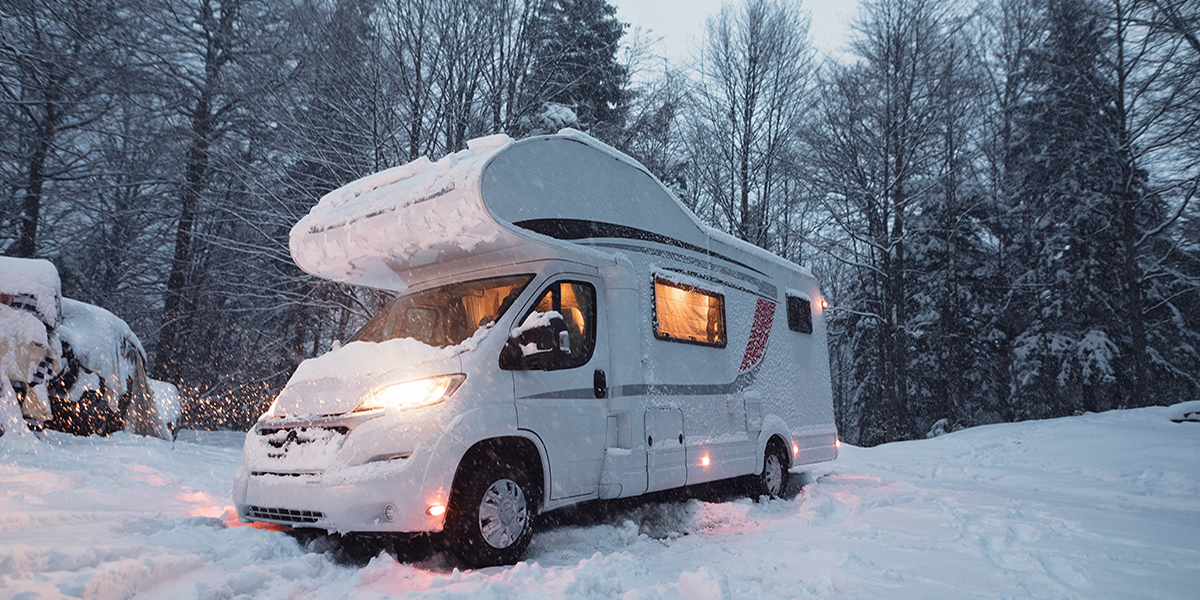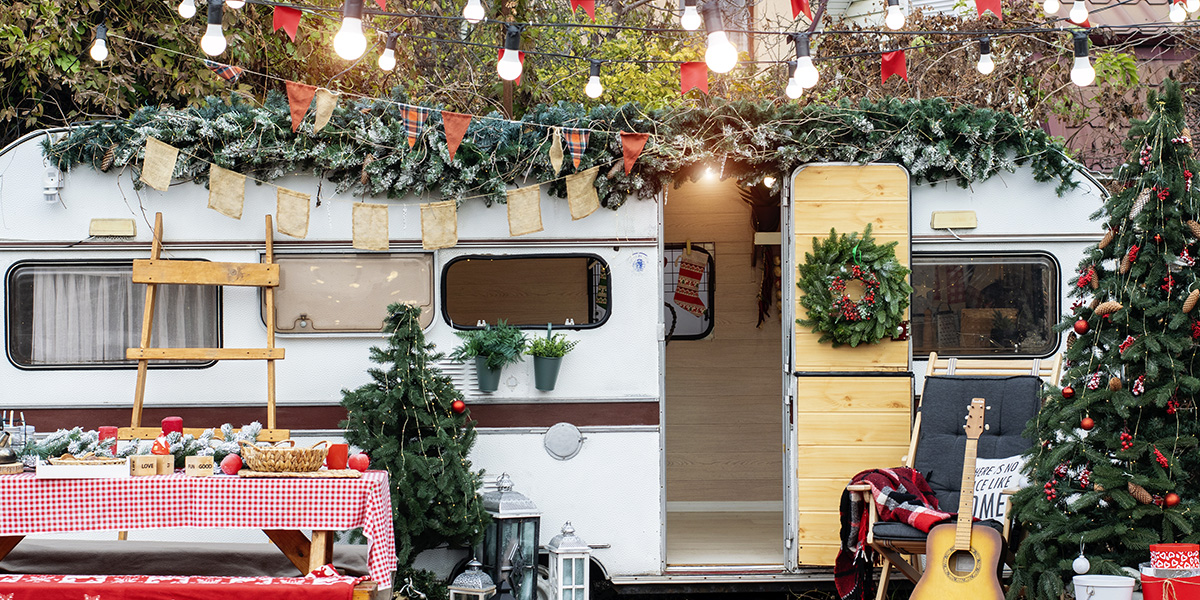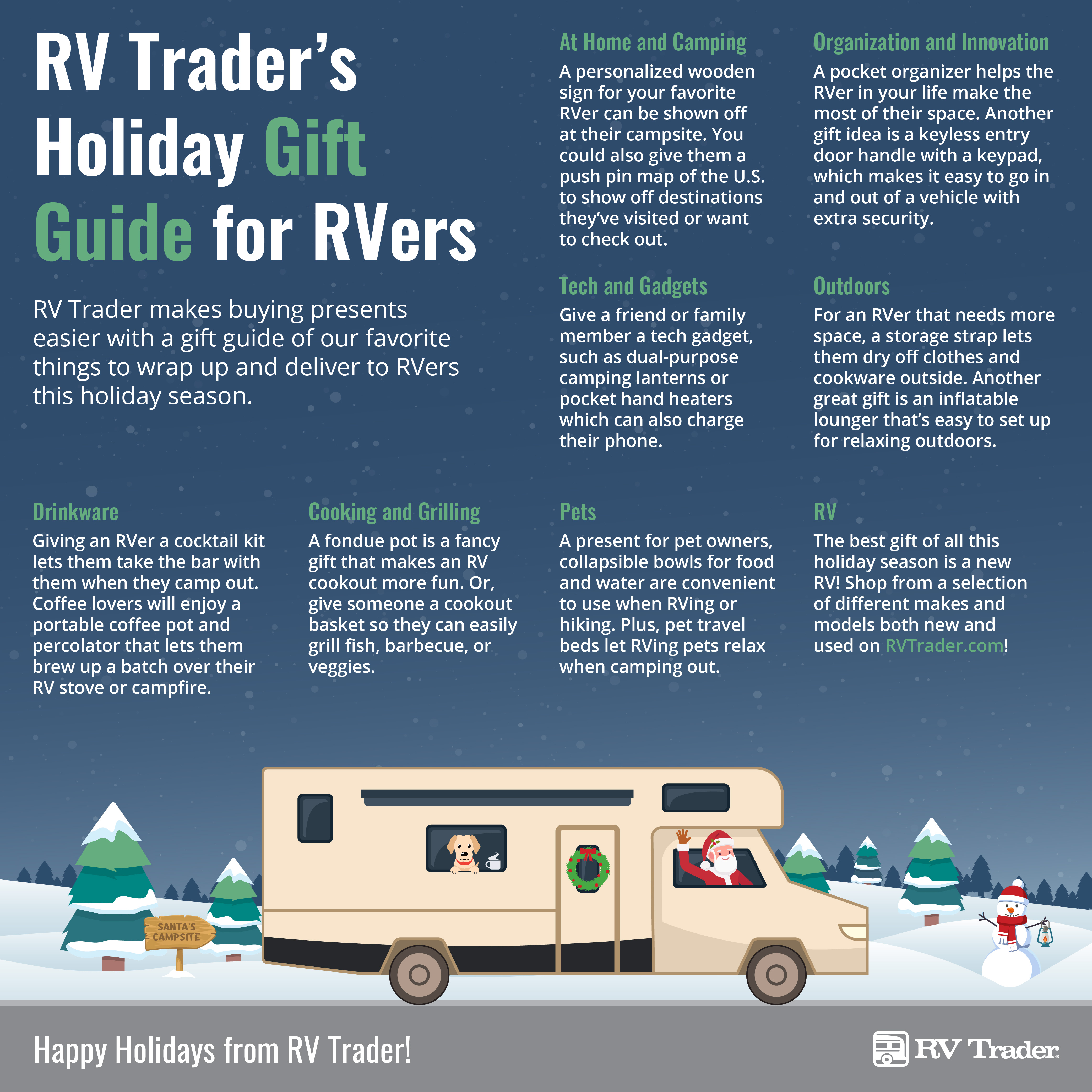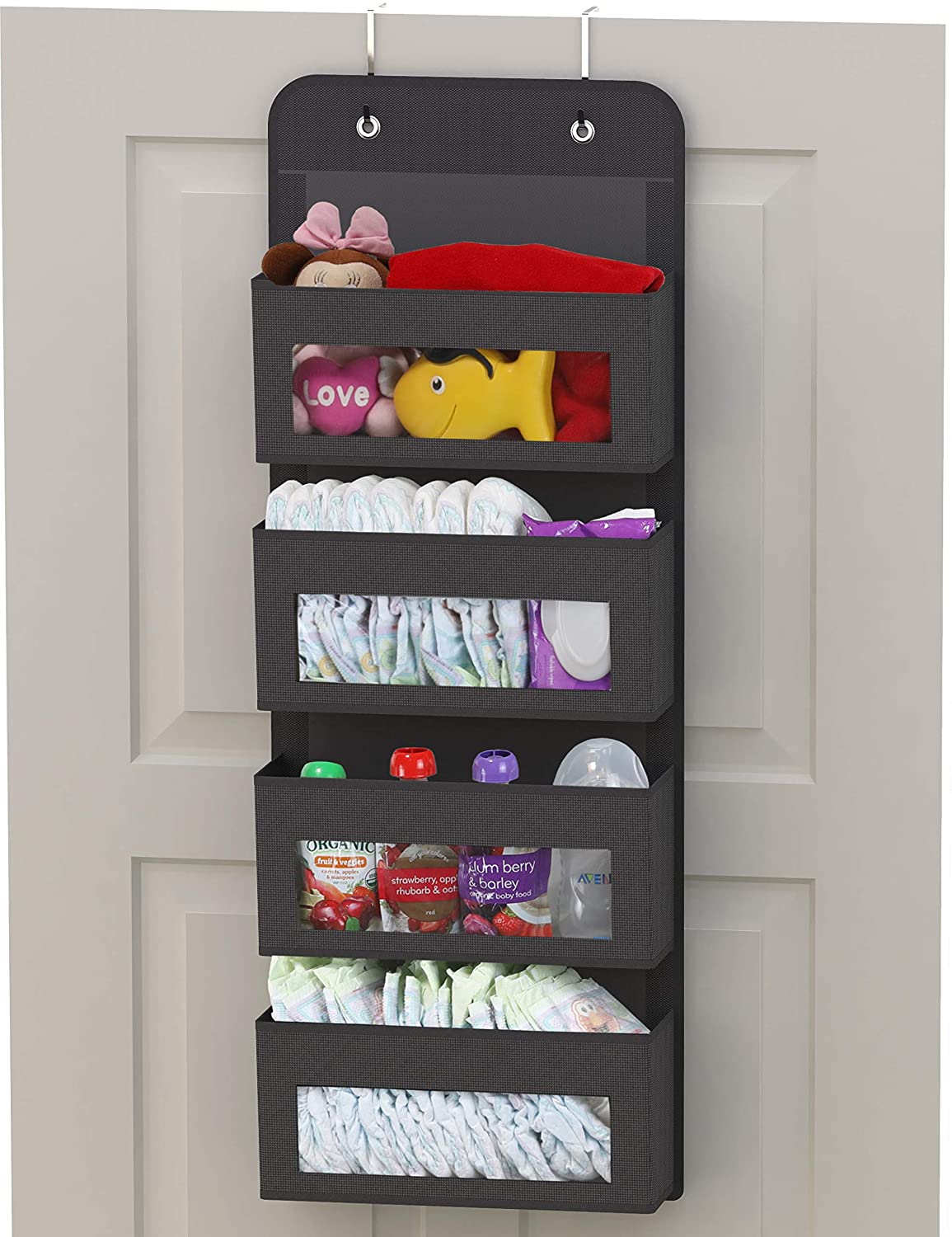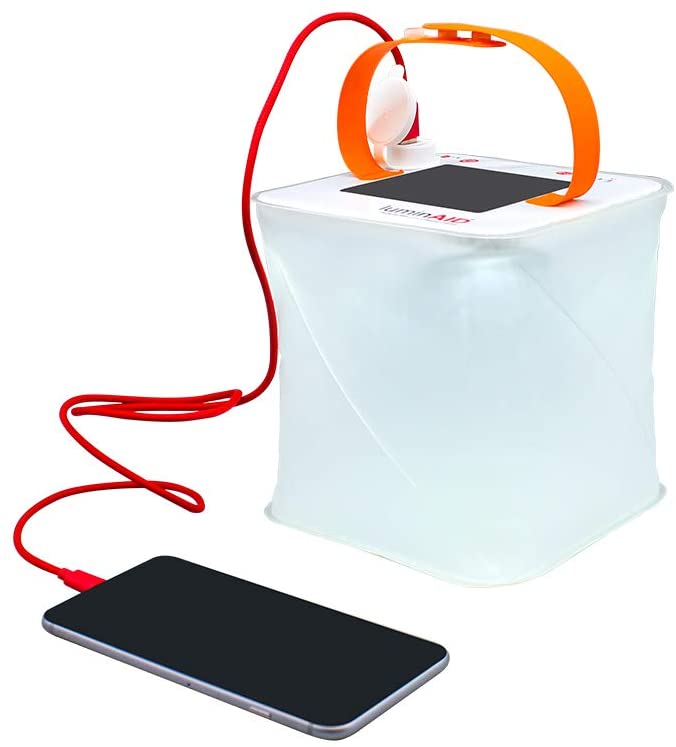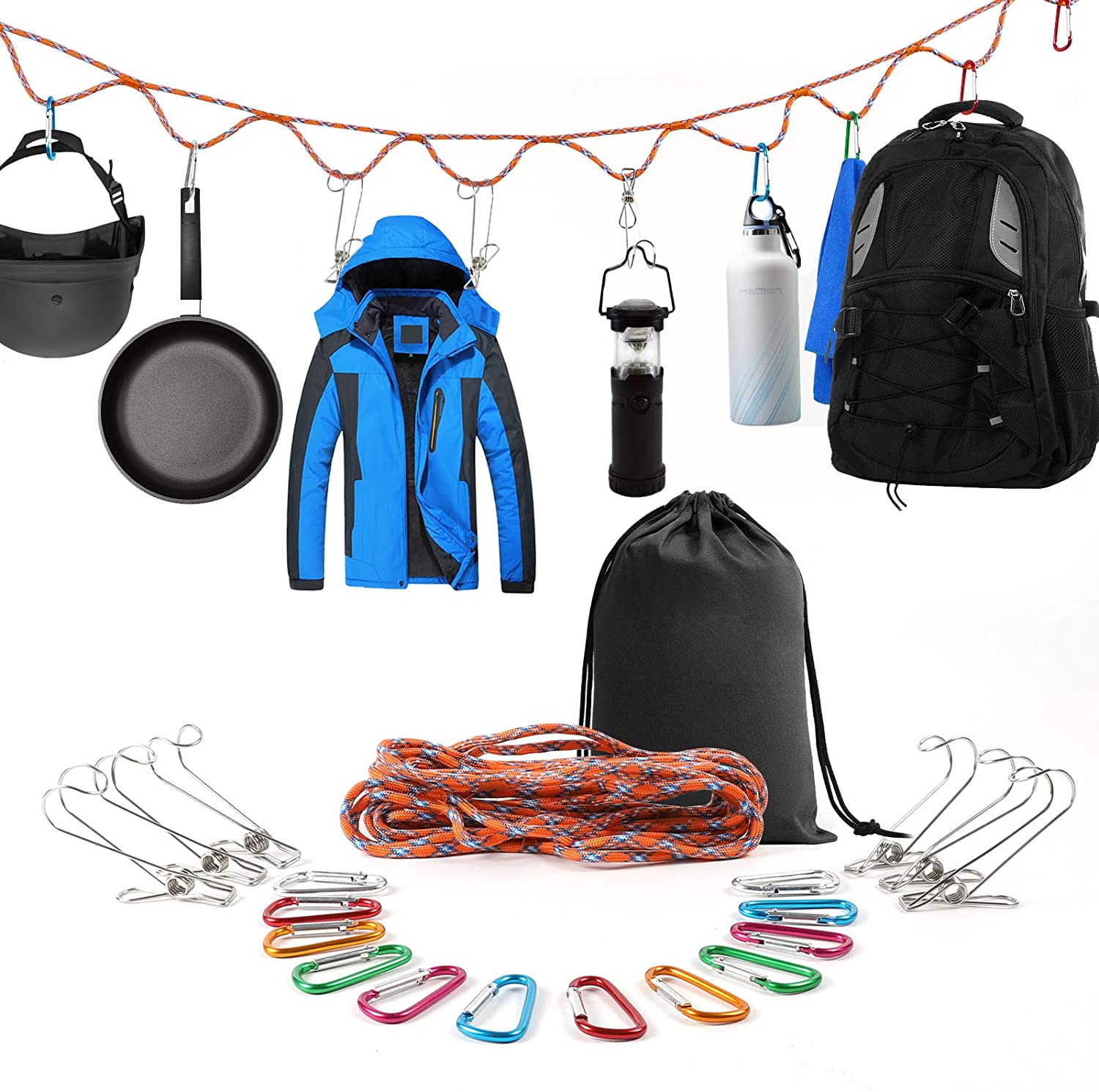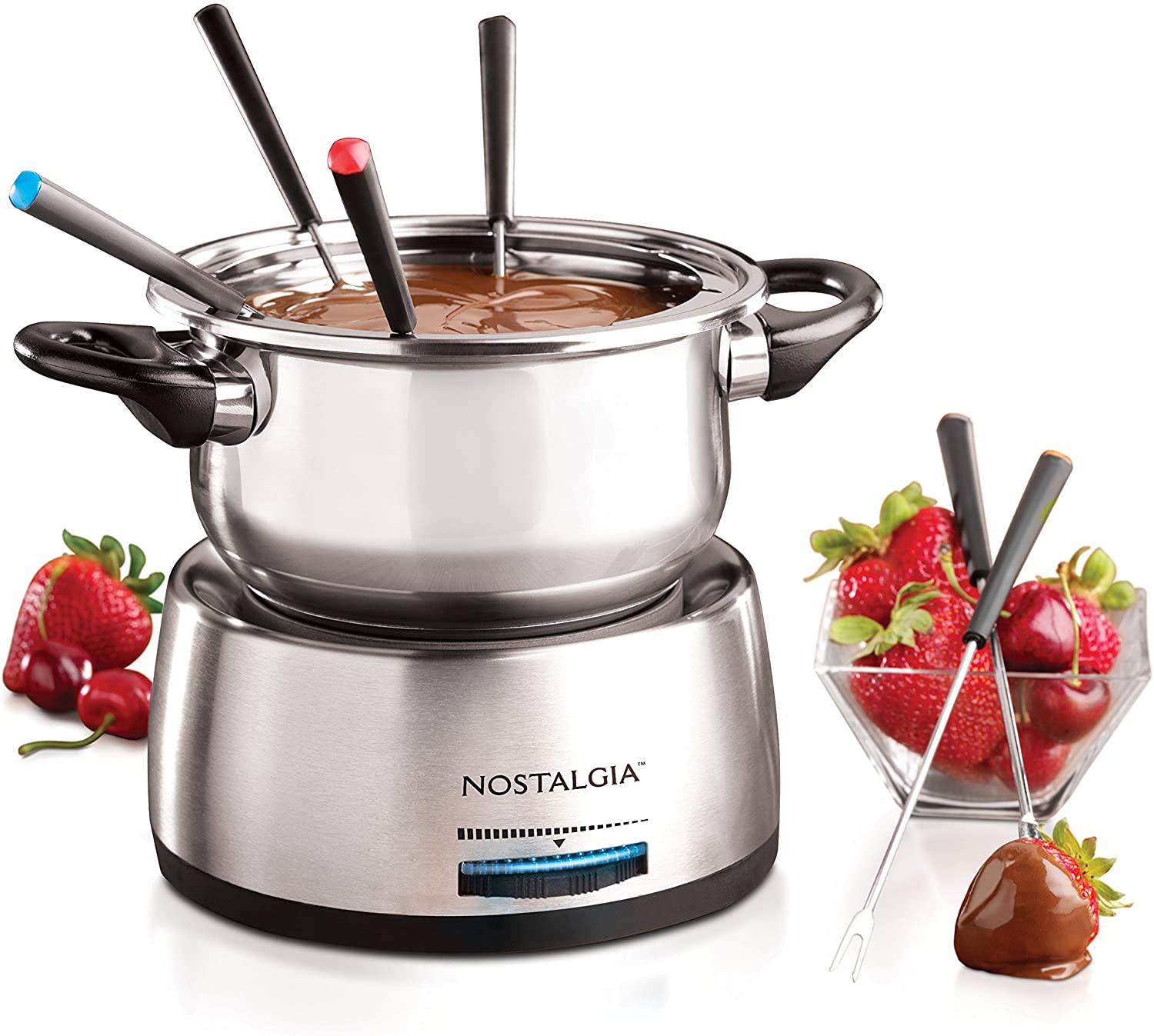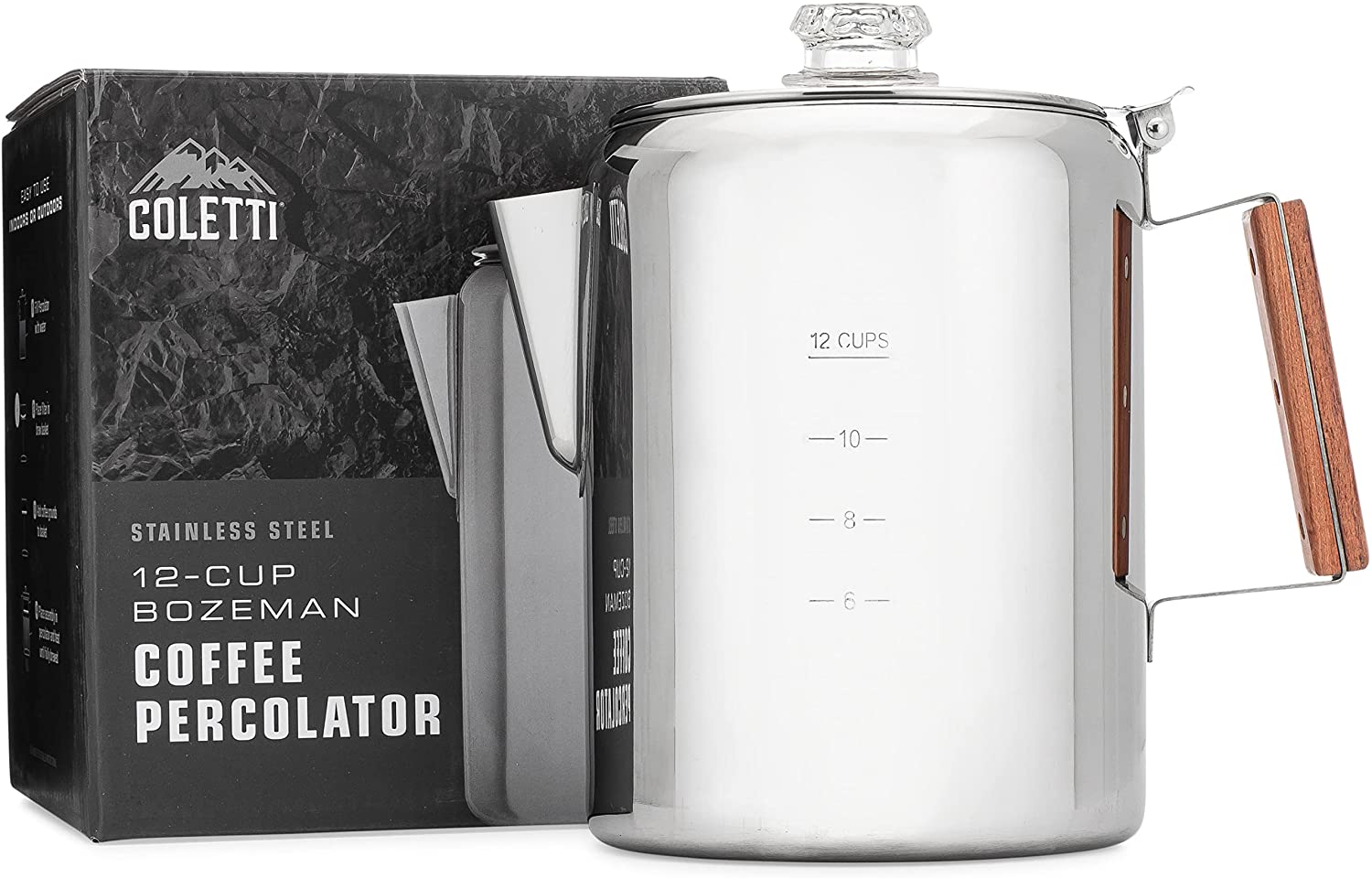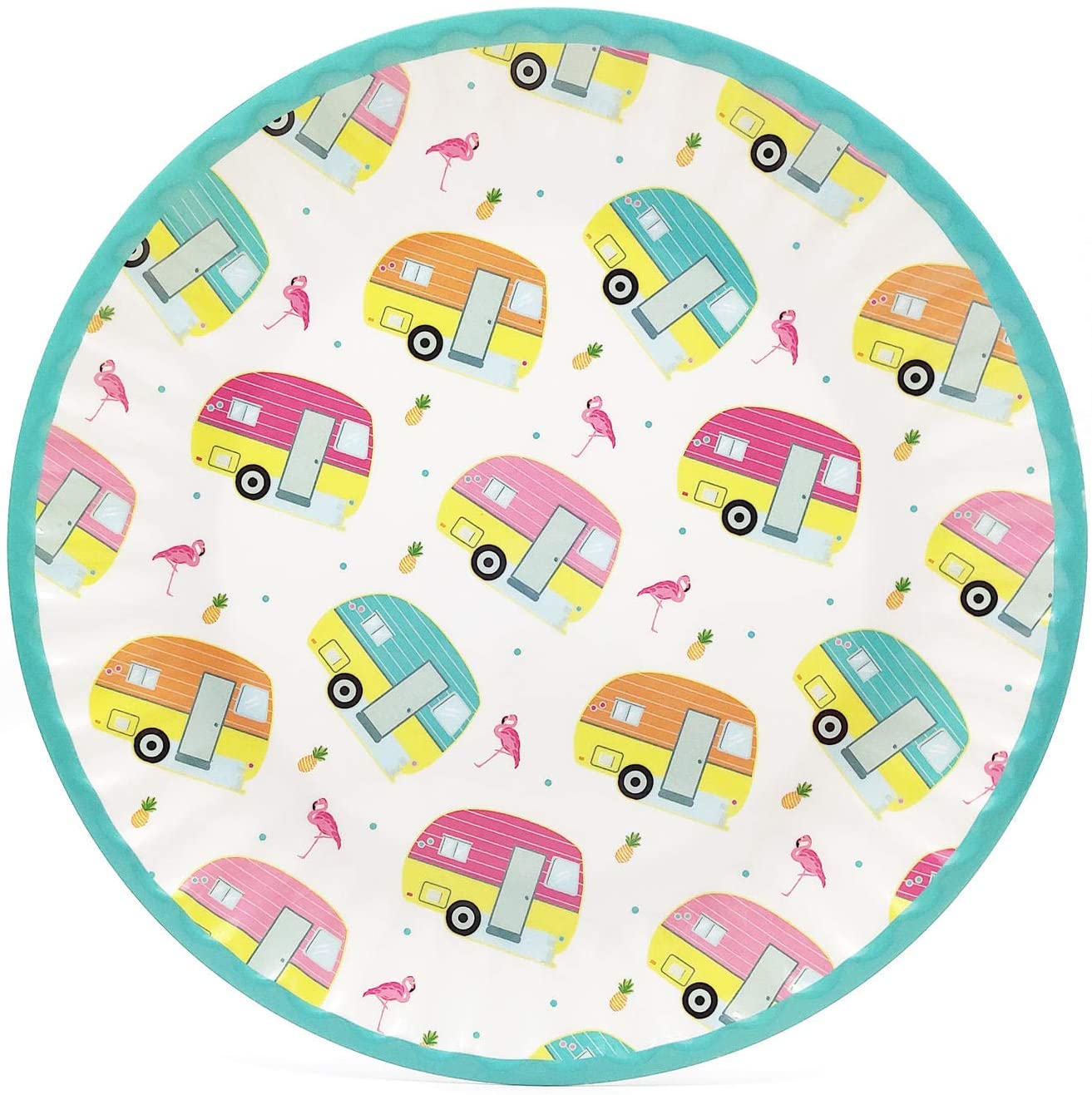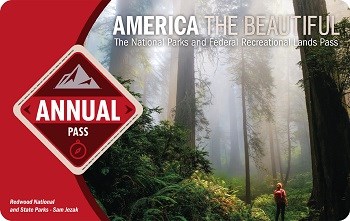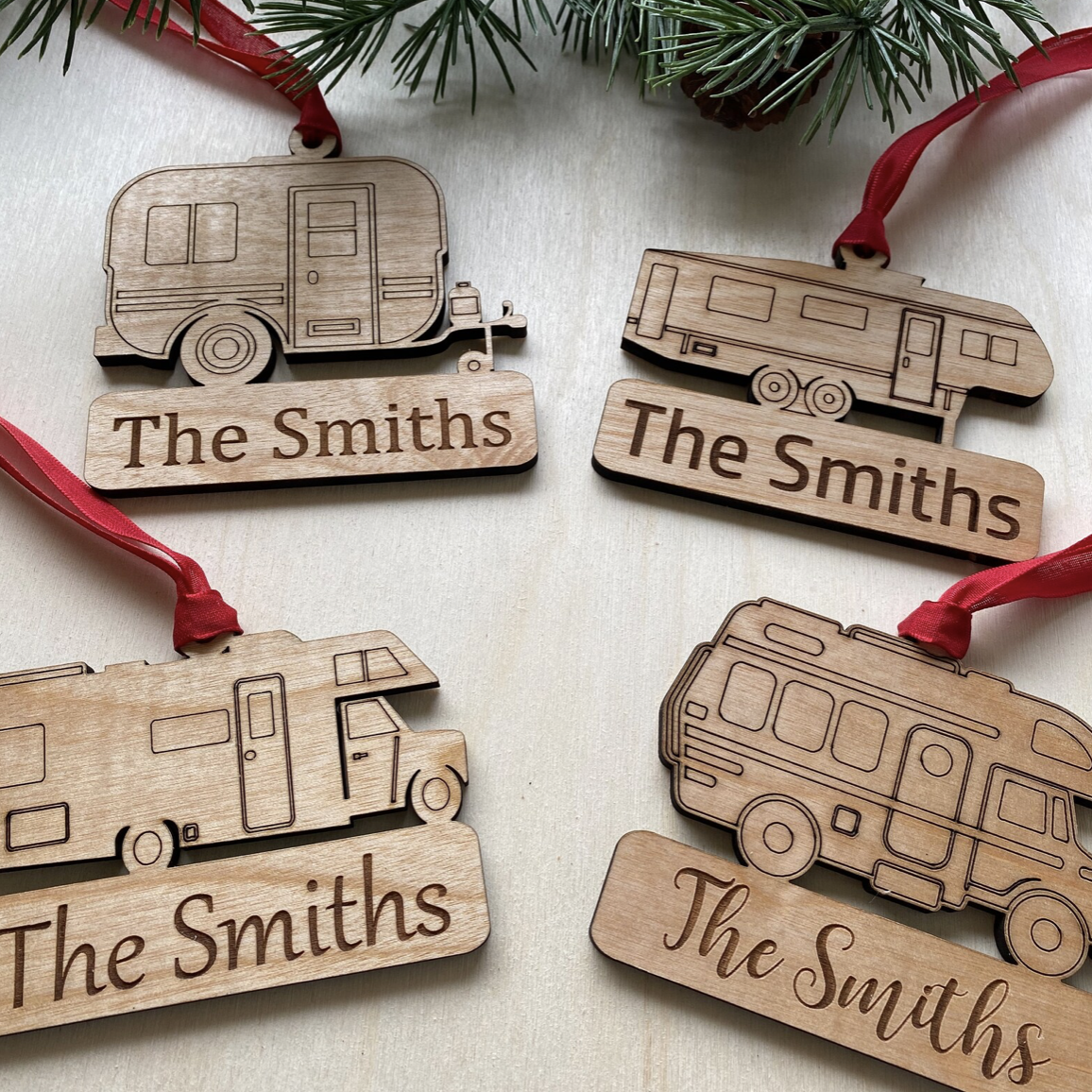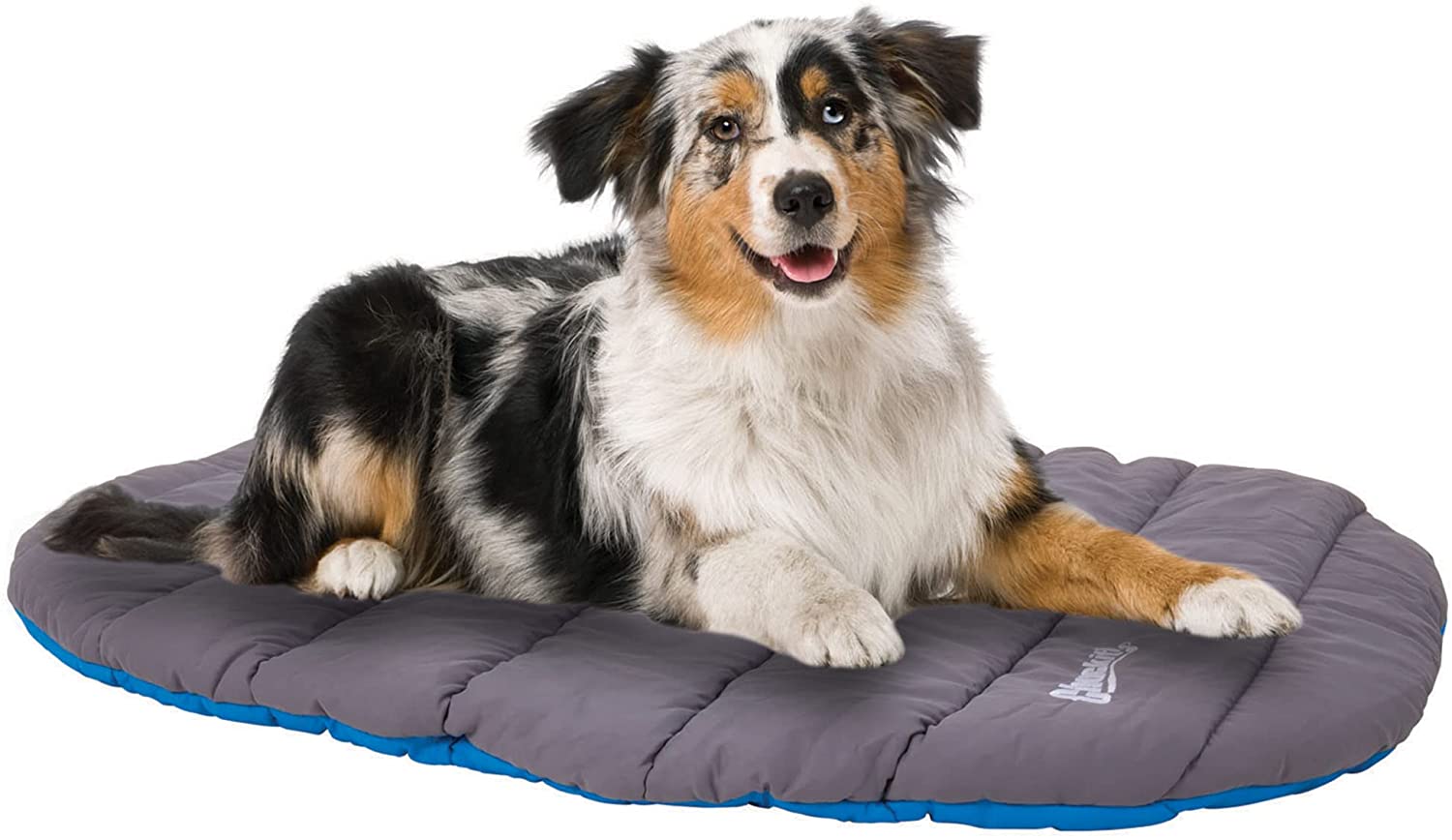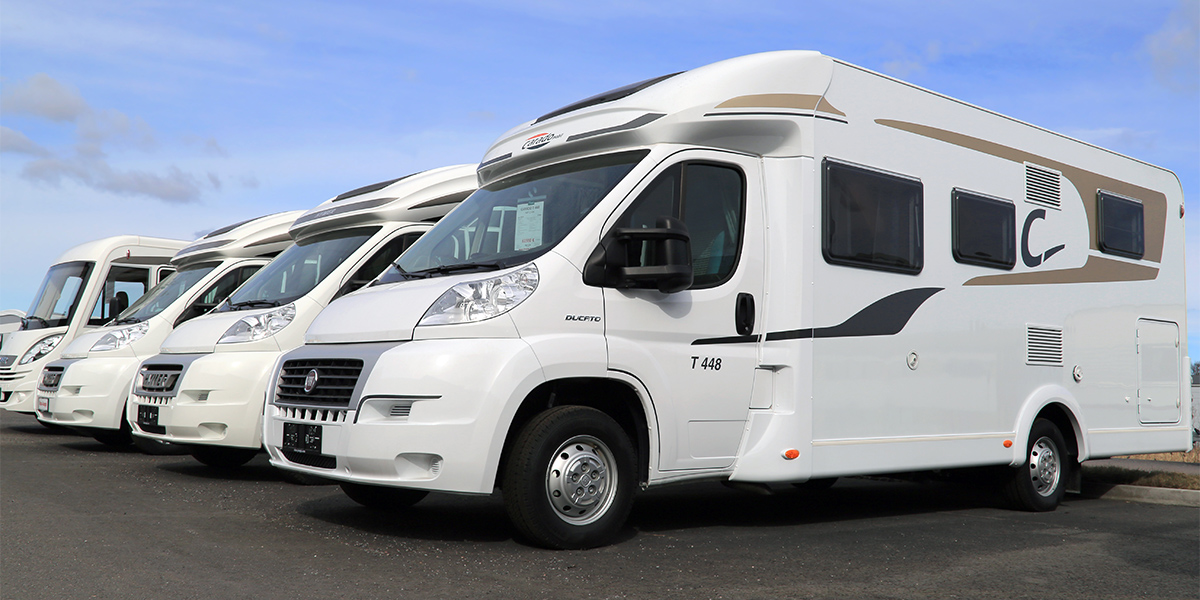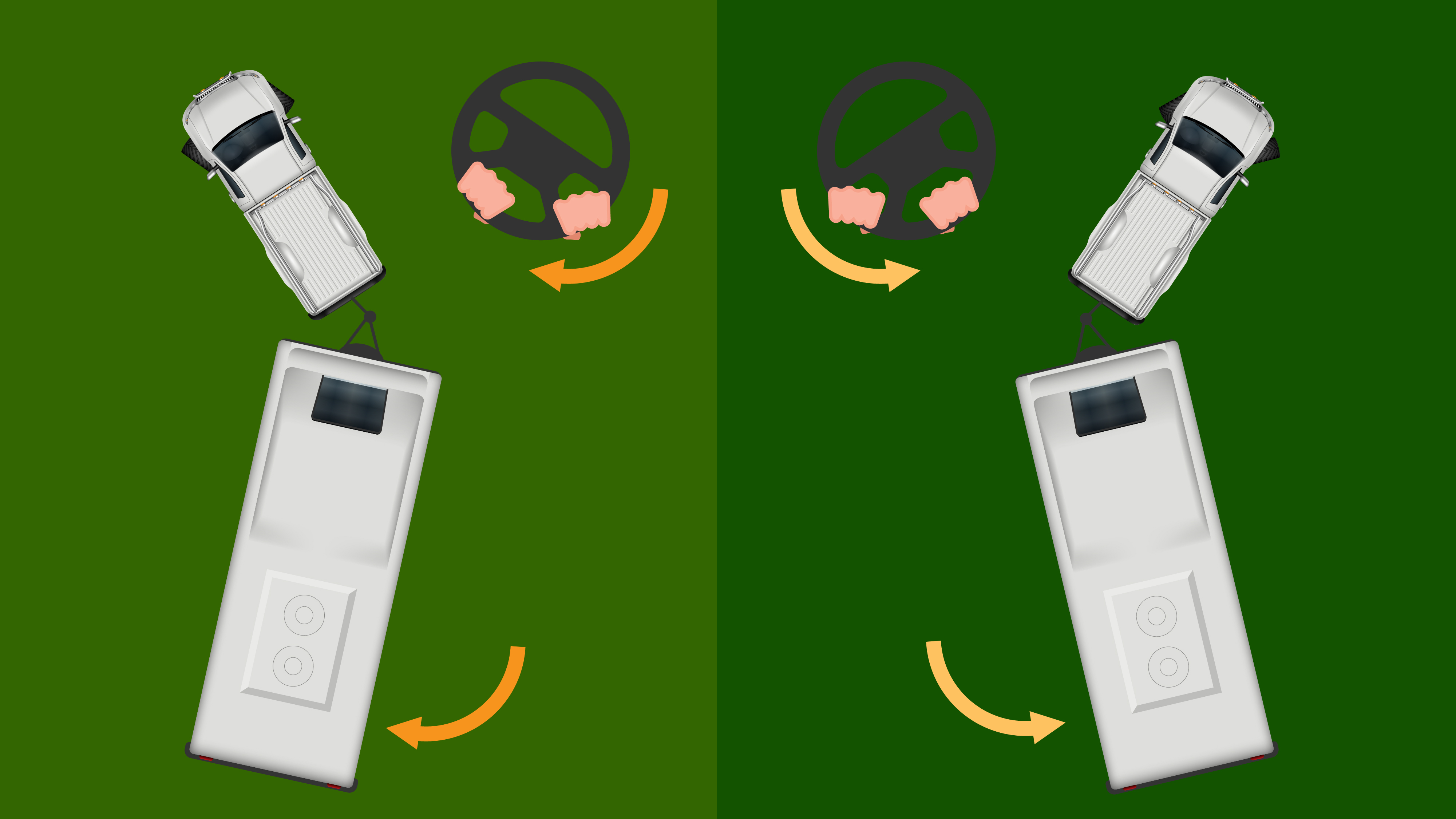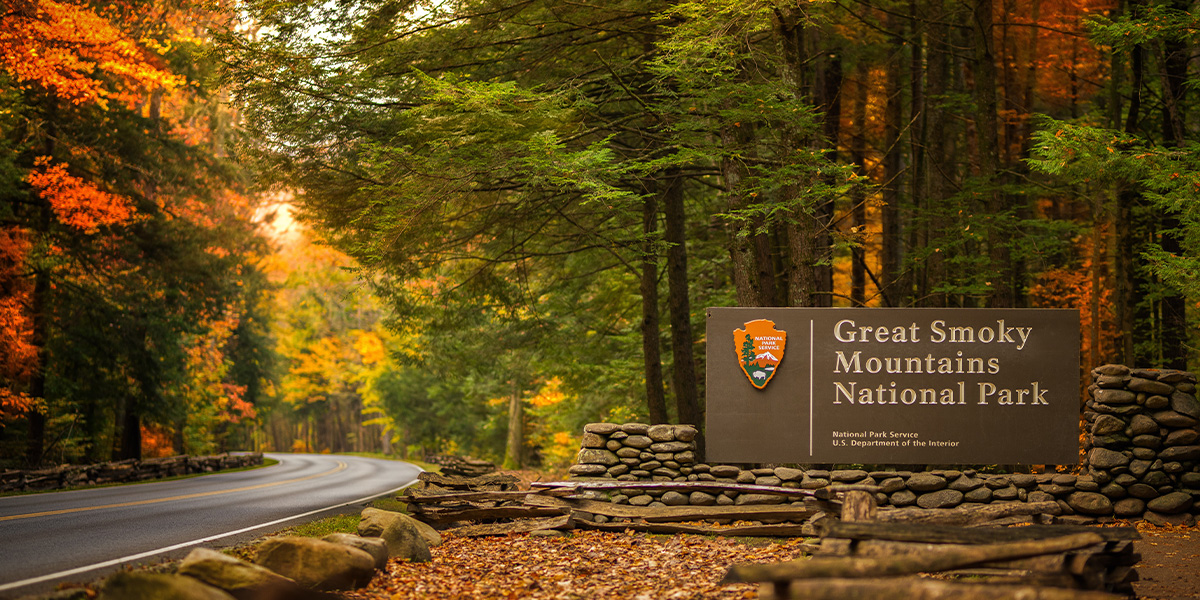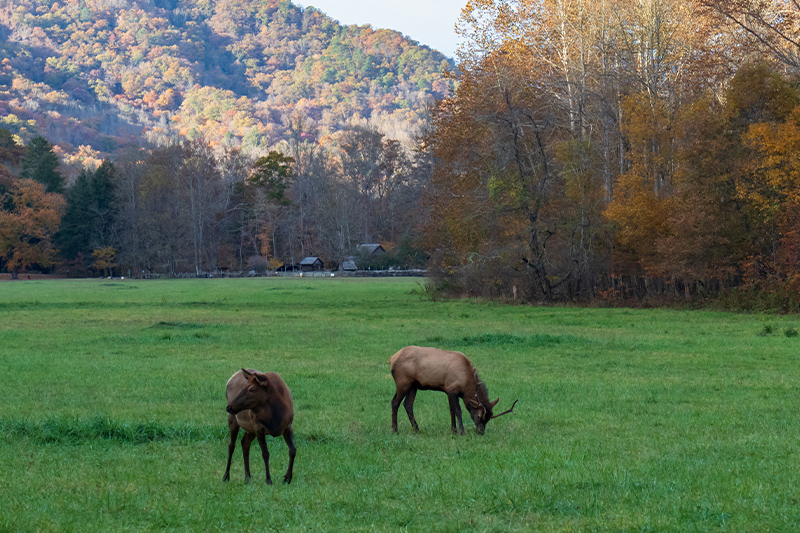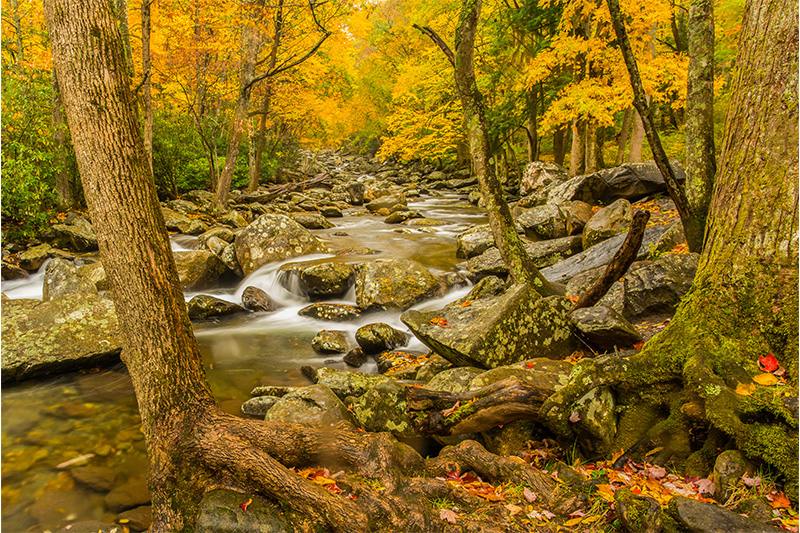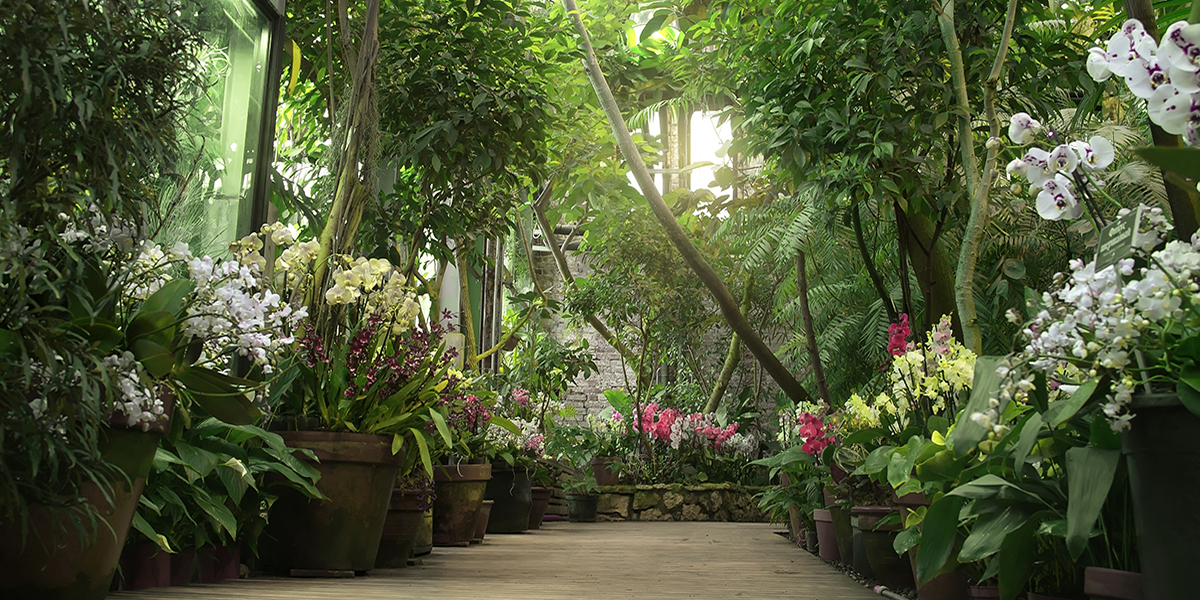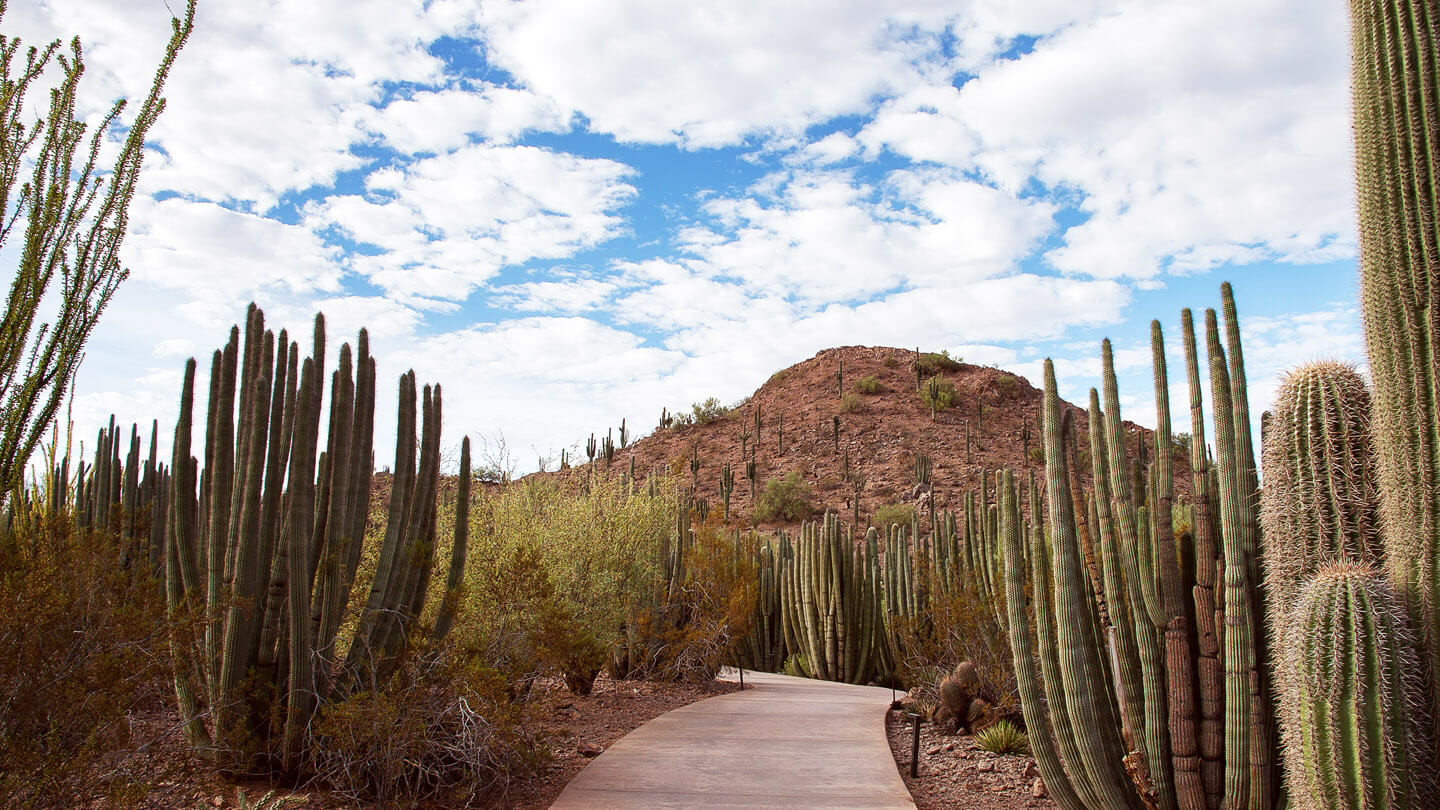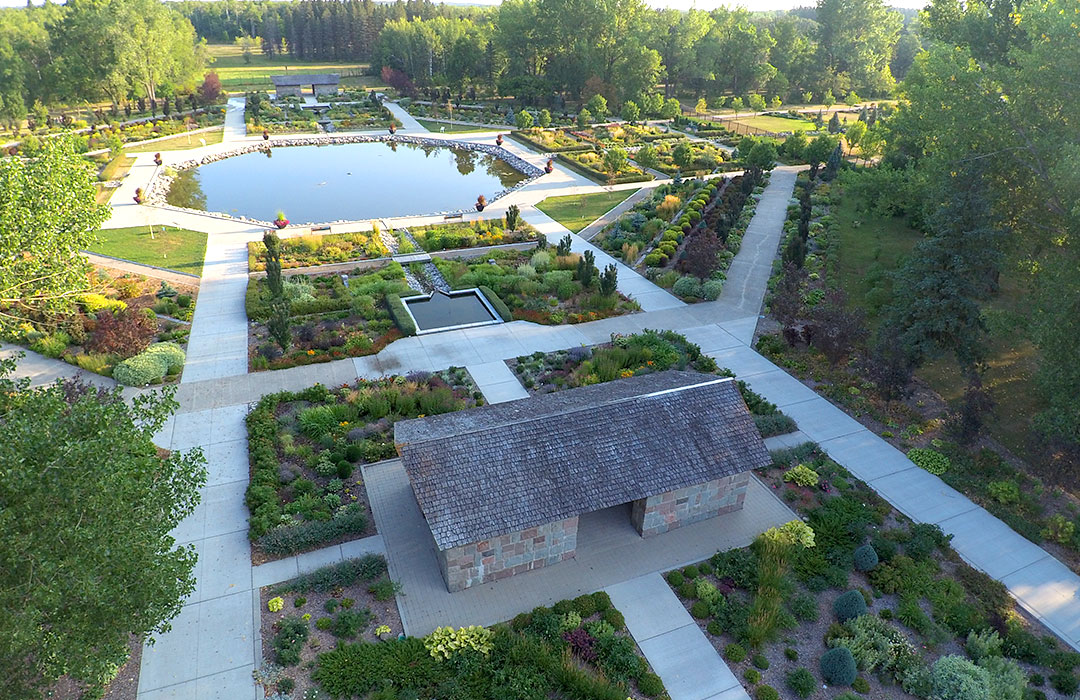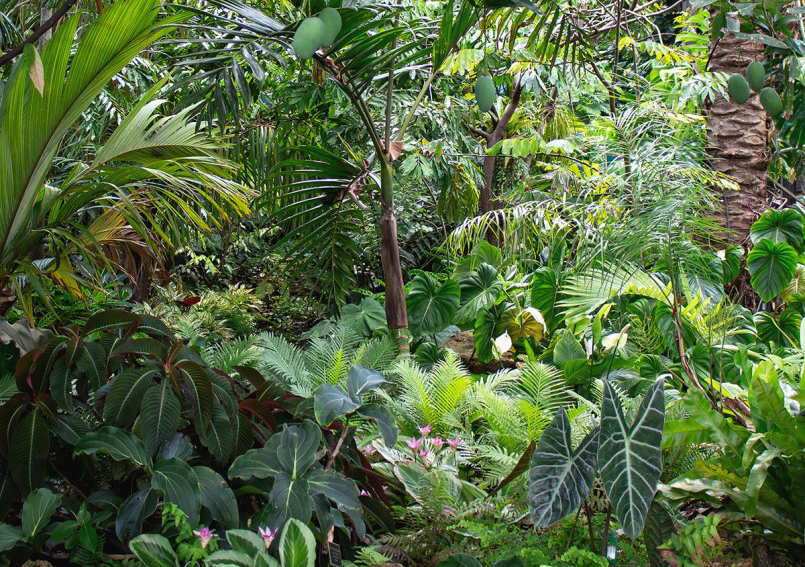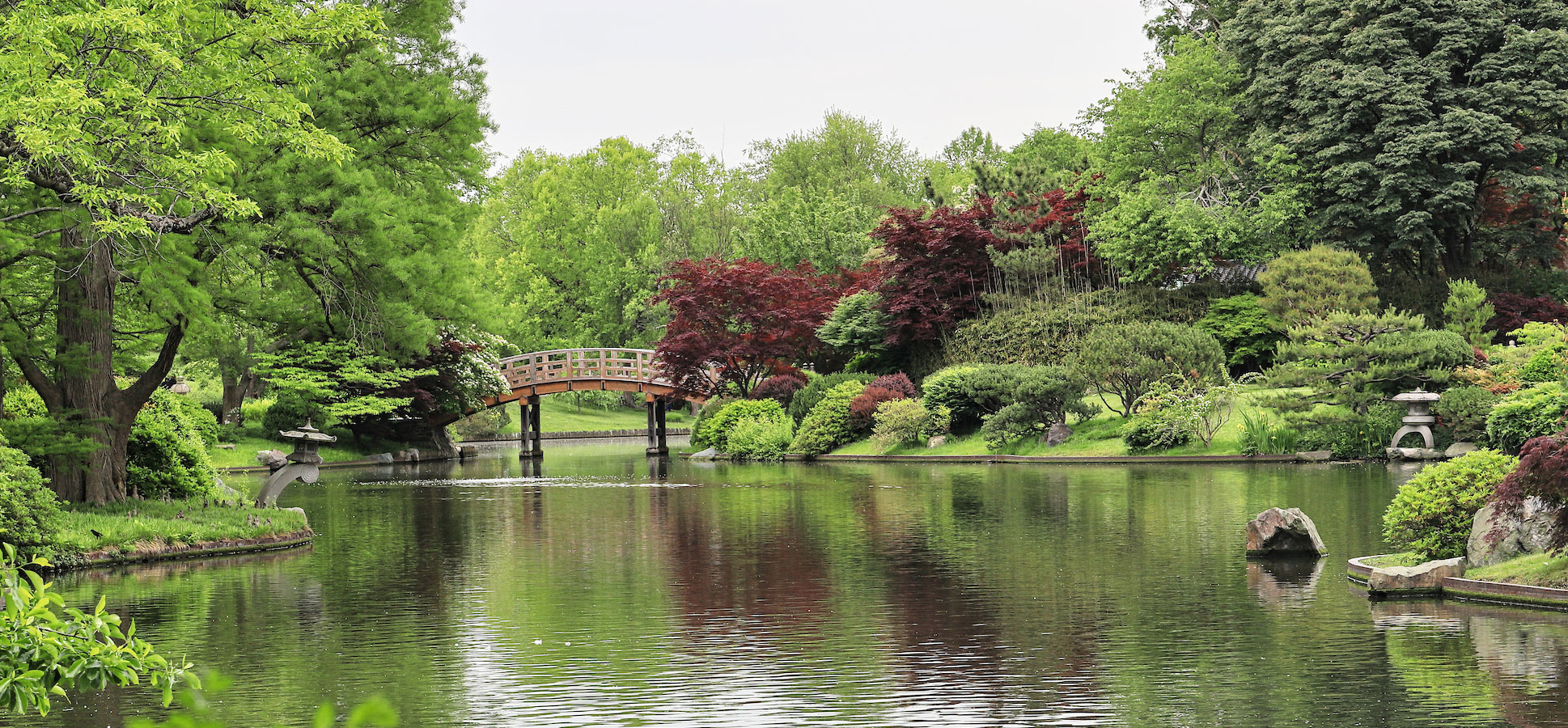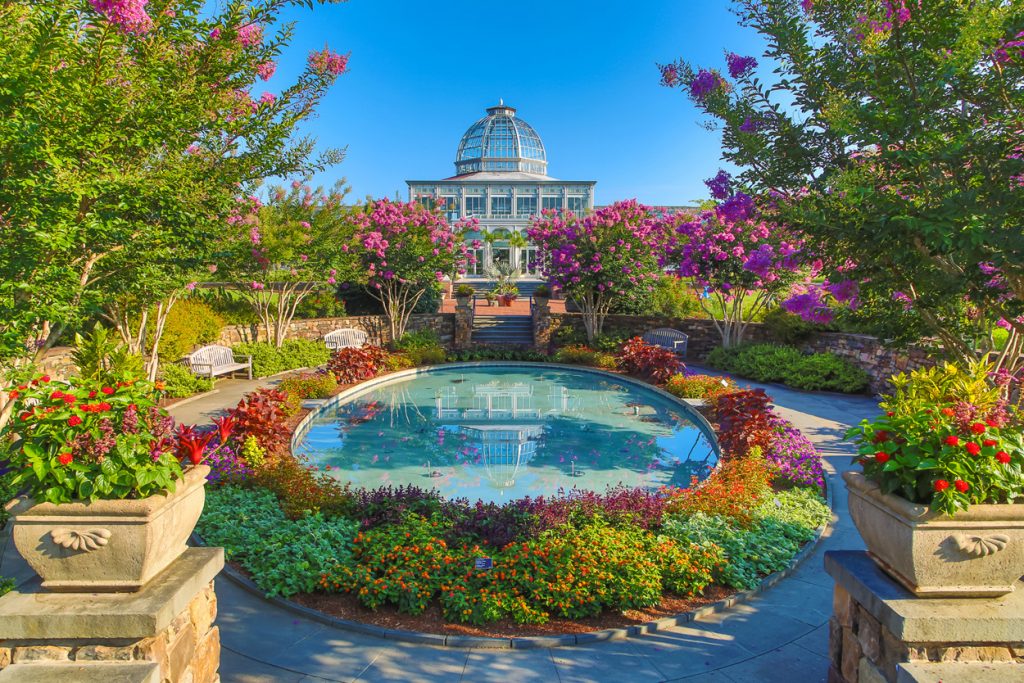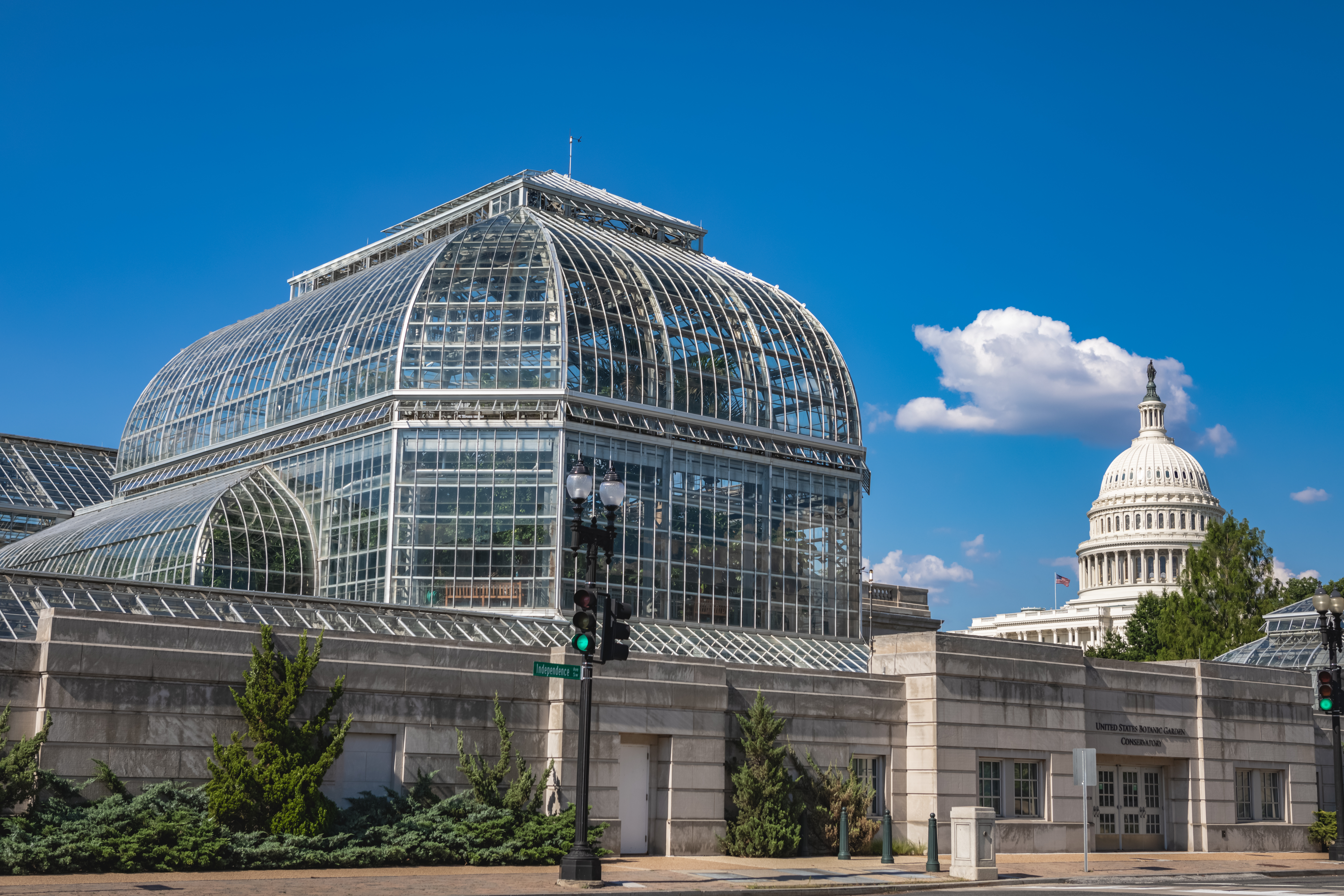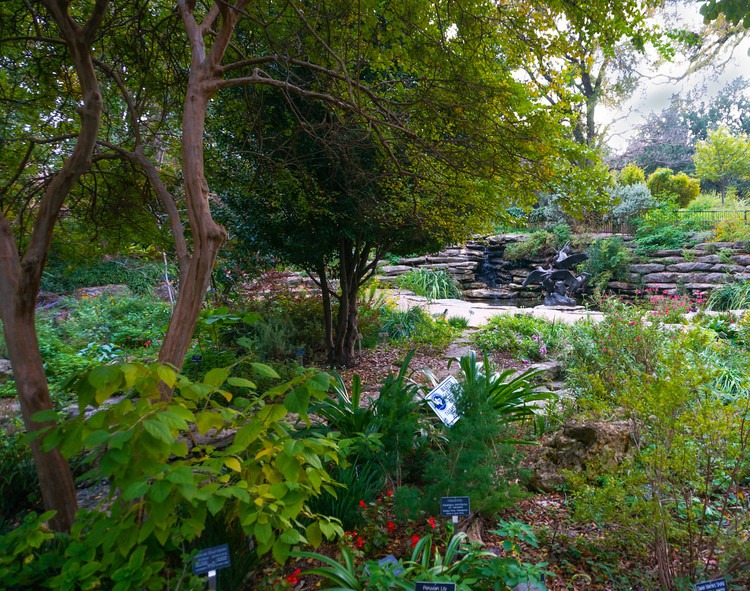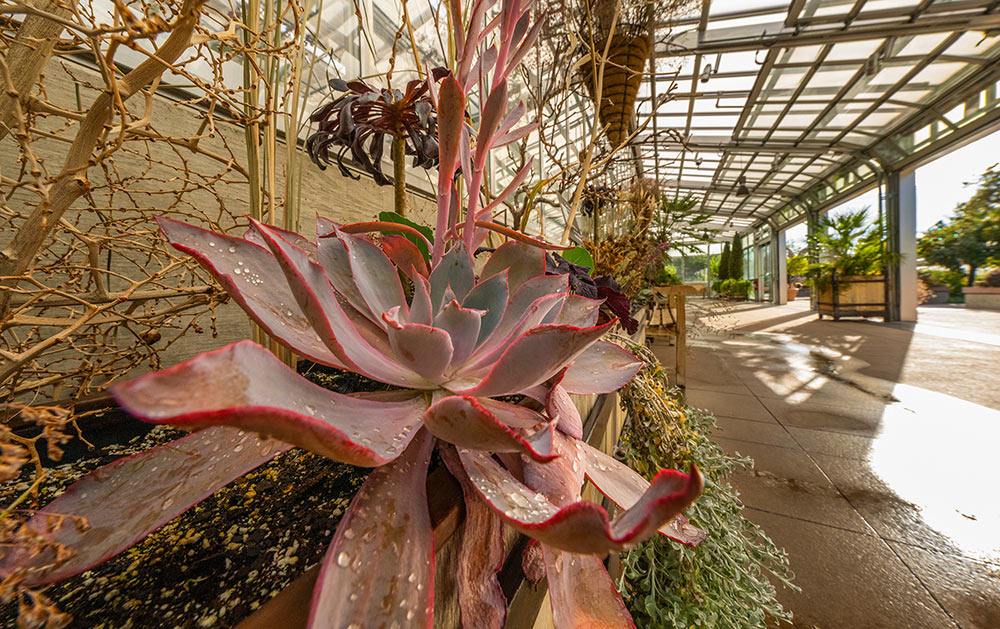If you’ve never eaten at a Cracker Barrel before, you’re really missing out! The restaurant is famous for their delicious home-cooking style of food, country farmhouse atmosphere, and novelty gift shops. However, many non-RVers don’t know that Cracker Barrel is also well-known in the camping world for being friendly to overnight RV parking.
With many of their restaurants designating spots specifically for RVs, parking at a Cracker Barrel can be an unconventional but helpful solution for those who need somewhere to park overnight while traveling. To help you know when it’s allowed and what to expect, FMCA, in partnership with RV Trader, is breaking down what to know beforehand, plus tips for parking overnight at a Cracker Barrel.
What to Know Before Parking Overnight
Do they allow RV parking?
It’s important to note that not every Cracker Barrel restaurant allows overnight RV parking. You always want to get permission from the restaurant manager before staying overnight. If you do get permission, you’ll likely need to ask these questions as well:
- Can I run a generator?
- Can I extend my awning and slide-outs??
- Can I put down my leveling jacks?
What can I expect?
Cracker Barrel generally designates an area of their parking lot for RV and bus parking so that it does not interfere with general customer parking. The spots are around 40-foot long and do not have any hookups, so plan your power and water needs accordingly.
You can expect the restaurant to be busy during mealtimes, especially during the weekends. Most stores are open at 6am and will close at 10pm or 11pm. It is not recommended to arrive after-hours unless you have already received permission.
FMCA’s Tips to Ensure a Positive Experience
Make sure it is allowed
This is worth repeating: you need to get permission from the restaurant manager to park overnight, even if you’ve heard from fellow RVer’s that it is allowed. While most Cracker Barrels allow overnight parking, there are some that do not. You can either call the restaurant ahead of time or go inside and ask when you arrive. Make sure that the person who gives you permission is a manager who has the authority to make the decision.
Be respectful of your surroundings
Remember that you are staying in a business’s parking lot, not a campground. That means keeping your noise to a minimum and not disturbing customers or disrupting employees from their normal business. Do not set up lawn chairs and grill your dinner in front of your RV.
Show your appreciation
Make sure to be very polite and thank the restaurant for letting you stay overnight. In the morning before you hit the road, fill up on breakfast or at least buy something from their gift shop. It is a good gesture to show you are thankful for the service they provided you.
Only stay for one night
Don’t get greedy and take advantage of Cracker Barrel’s generosity. Stay for only one night before you continue on with your RV adventure. There might even be some other travelers who will need your parking space the next night, so don’t hang out all day.
Leave the parking lot in better shape than when you arrived
Clean up after your pets and pick up any trash you may create. Even if you see some trash that isn’t yours, help them keep their parking lots looking nice by taking that to the nearest garbage can or dumpster as well.
Stay safe at all times
If you feel like the area is not safe or it makes you feel uneasy at all, do not stay there! There are plenty of other options for free overnight RV parking, so don’t risk it. There will be no security on site, and no employees between the end of the evening shift and the beginning of the morning shift the next day.
Final Thoughts
When you think about it, it’s pretty amazing that there is a business willing to let RVers park overnight on their travels without asking for any payment in return. It’s a very generous service provided by Cracker Barrel, and you certainly don’t want to be the one to mess it up. Always get permission, respect the business and its property, employees, and customers, and leave your parking lot spotless. And, of course, don’t forget to actually go into the restaurant to eat some of that delicious food and shop in their unique gift shop.
 FMCA educates, equips, and empowers RV owners in their journey to creating, experiencing, and benefiting from the outdoor lifestyle they dream of and deserve. FMCA is your ally to the outdoor lifestyle you love and enjoy.
FMCA educates, equips, and empowers RV owners in their journey to creating, experiencing, and benefiting from the outdoor lifestyle they dream of and deserve. FMCA is your ally to the outdoor lifestyle you love and enjoy.
